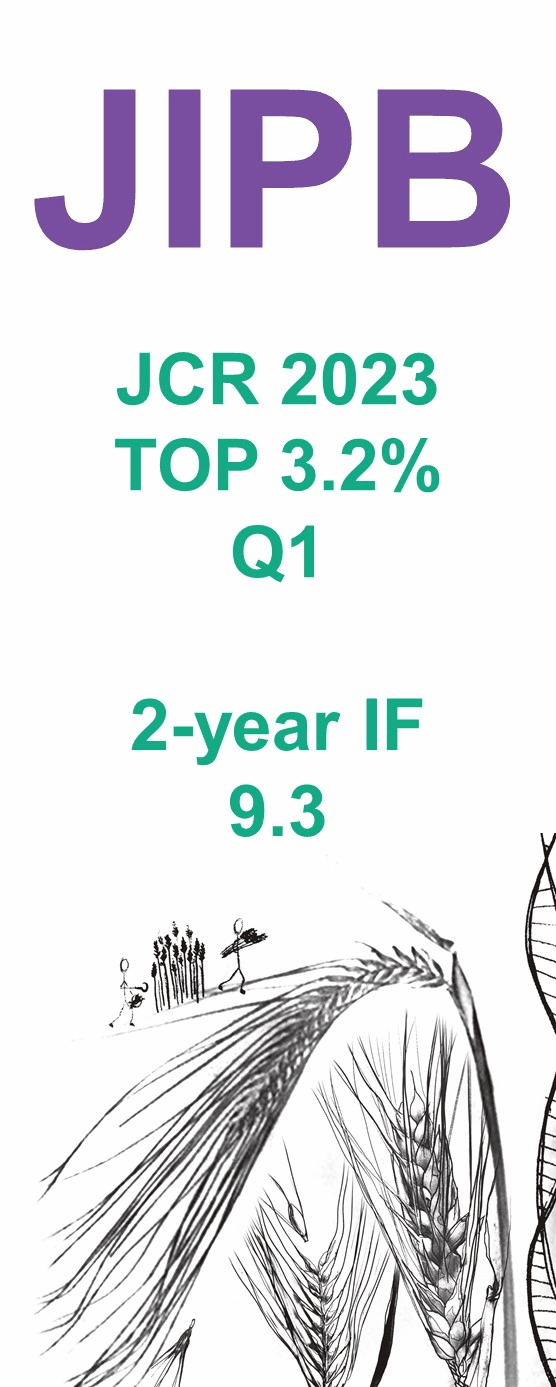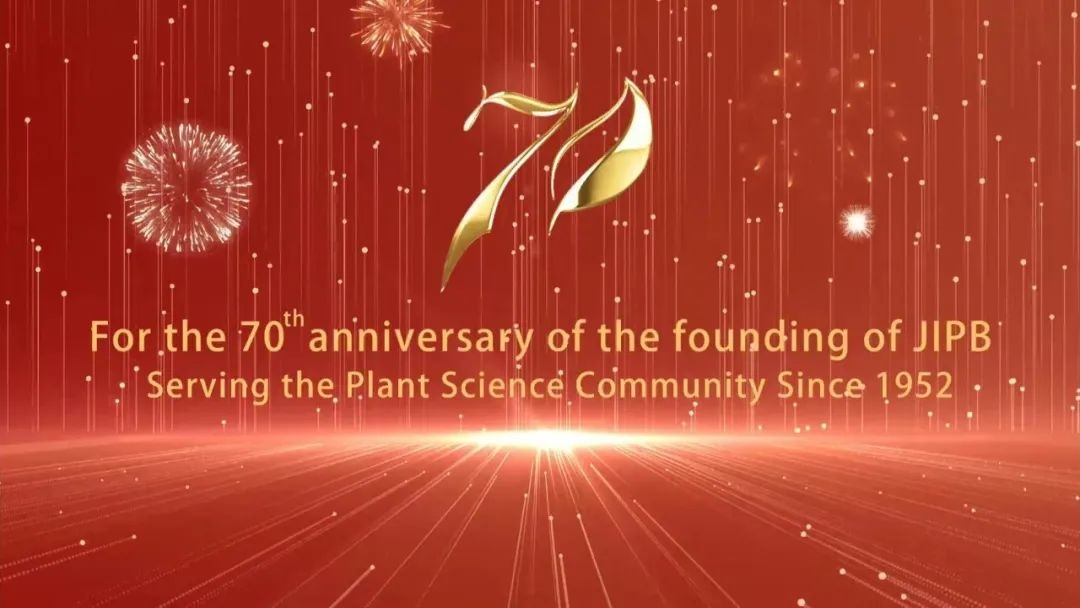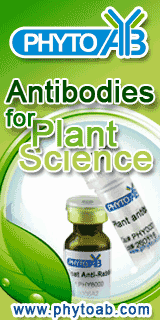-
Department of Plant Pathology, Nanjing Agricultural University, Nanjing, 210095
E-mail: wangyc@njau.edu.cn
http://faculty.njau.edu.cn/wangyuanchao/zh_CN/index.htm
Area of expertise: Plant-microbe interactions, plant immunity, soybean disease

Selected Publications:
Xiao, Y., Sun, G., Yu, Q., Gao, T., Zhu, Q., Wang, R., Huang, S., Han, Z., Cervone, F., Yin, H., Qi, T., Wang, Y., and Chai, J. (2024). A plant mechanism of hijacking pathogen virulence factors to trigger innate immunity. Science 383: 732–739.
Ma, Z., Song, T., Zhu, L., Ye, W., Wang, Y., Shao, Y., Dong, S., Zhang, Z., Dou, D., Zheng, X., Tyler, B. M., and Wang, Y. (2015). A Phytophthora sojae Glycoside Hydrolase 12 Protein Is a Major Virulence Factor during Soybean Infection and Is Recognized as a PAMP. Plant Cell 27: 2057–2072.
Ma, Z., Zhu, L., Song, T., Wang, Y., Zhang, Q., Xia, Y., Qiu, M., Lin, Y., Li, H., Kong, L., Fang, Y., Ye, W., Wang, Y., Dong, S., Zheng, X., Tyler, B. M., and Wang, Y. (2017). A paralogous decoy protects Phytophthora sojae apoplastic effector PsXEG1 from a host inhibitor. Science 355: 710–714.
Wang, Q., Han, C., Ferreira, A. O., Yu, X., Ye, W., Tripathy, S., Kale, S. D., Gu, B., Sheng, Y., Sui, Y., Wang, X., Zhang, Z., Cheng, B., Dong, S., Shan, W., Zheng, X., Dou, D., Tyler, B. M., and Wang, Y. (2011). Transcriptional programming and functional interactions within the Phytophthora sojae RXLR effector repertoire. Plant Cell 23: 2064–2086.
Sun, Y., Wang, Y., Zhang, X., Chen, Z., Xia, Y., Wang, L., Sun, Y., Zhang, M., Xiao, Y., Han, Z., Wang, Y., and Chai, J. (2022). Plant receptor-like protein activation by a microbial glycoside hydrolase. Nature 610: 335–342.
Qiu, X., Kong, L., Chen, H., Lin, Y., Tu, S., Wang, L., Chen, Z., Zeng, M., Xiao, J., Yuan, P., Qiu, M., Wang, Y., Ye, W., Duan, K., Dong, S., and Wang, Y. (2023). The Phytophthora sojae nuclear effector PsAvh110 targets a host transcriptional complex to modulate plant immunity. Plant Cell 35: 574–597.
Xia, Y., Ma, Z., Qiu, M., Guo, B., Zhang, Q., Jiang, H., Zhang, B., Lin, Y., Xuan, M., Sun, L., Shu, H., Xiao, J., Ye, W., Wang, Y., Wang, Y., Dong, S., Tyler, B. M., and Wang, Y. (2020). N-glycosylation shields Phytophthora sojae apoplastic effector PsXEG1 from a specific host aspartic protease. Proc. Natl. Acad. Sci. U. S. A. 117: 27685–27693.
Lin, Y., Hu, Q., Zhou, J., Yin, W., Yao, D., Shao, Y., Zhao, Y., Guo, B., Xia, Y., Chen, Q., Wang, Y., Ye, W., Xie, Q., Tyler, B. M., Xing, W., and Wang, Y. (2021). Phytophthora sojae effector Avr1d functions as an E2 competitor and inhibits ubiquitination activity of GmPUB13 to facilitate infection. Proc. Natl. Acad. Sci. U. S. A. 118: e2018312118.
Wang, Y., Xu, Y., Sun, Y., Wang, H., Qi, J., Wan, B., Ye, W., Lin, Y., Shao, Y., Dong, S., Tyler, B. M., and Wang, Y. (2018). Leucine-rich repeat receptor-like gene screen reveals that Nicotiana RXEG1 regulates glycoside hydrolase 12 MAMP detection. Nat. Commun. 9: 594.
Jing, M., Guo, B., Li, H., Yang, B., Wang, H., Kong, G., Zhao, Y., Xu, H., Wang, Y., Ye, W., Dong, S., Qiao, Y., Tyler, B. M., Ma, W., and Wang, Y. (2016). A Phytophthora sojae effector suppresses endoplasmic reticulum stress-mediated immunity by stabilizing plant Binding immunoglobulin Proteins. Nat. Commun. 7: 11685.
Guo, B., Wang, H., Yang, B., Jiang, W., Jing, M., Li, H., Xia, Y., Xu, Y., Hu, Q., Wang, F., Yu, F., Wang, Y., Ye, W., Dong, S., Xing, W., and Wang, Y. (2019). Phytophthora sojae Effector PsAvh240 Inhibits Host Aspartic Protease Secretion to Promote Infection. Mol. Plant 12: 552–564.
Kong, L., Qiu, X., Kang, J., Wang, Y., Chen, H., Huang, J., Qiu, M., Zhao, Y., Kong, G., Ma, Z., Wang, Y., Ye, W., Dong, S., Ma, W., and Wang, Y. (2017). A Phytophthora Effector Manipulates Host Histone Acetylation and Reprograms Defense Gene Expression to Promote Infection. Curr. Biol. 27: 981–991.
Li, H., Wang, H., Jing, M., Zhu, J., Guo, B., Wang, Y., Lin, Y., Chen, H., Kong, L., Ma, Z., Wang, Y., Ye, W., Dong, S., Tyler, B., and Wang, Y. (2018). A Phytophthora effector recruits a host cytoplasmic transacetylase into nuclear speckles to enhance plant susceptibility. eLife 7: e40039.
For Upcoming Special lssue:

 Scan the QR code to view JIPB on WeChat
Scan the QR code to view JIPB on WeChat











